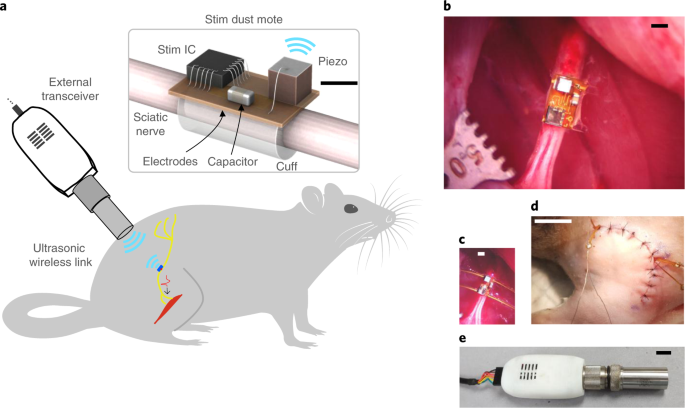

This fact can be partially explained by possible interactions of GTX with membrane proteins. In addition to its effect on the barrier function, we have observed a low permeability of GTX across the BBB. Further, our data suggest that such disruption occurred without affecting tight junction complexes, via alteration of cell-matrix interactions, alterations in F-actin distribution, through a protein kinase C-independent signaling. Notably, acute exposure was sufficient to disrupt the barrier function in iPSC-derived BMECs, resulting in decreased transendothelial electrical resistance (TEER) and increased fluorescein permeability. We observed that both acute (2 h) and prolonged (24 h) exposure to GTX at the level of 1 μM or higher compromised BMECs monolayer integrity. This study investigated the effects of gliotoxin (GTX), a mycotoxin secreted by Aspergillus fumigatus, on the BBB using brain microvascular endothelial cells (BMECs) derived from induced pluripotent stem cells (iPSCs). Yet the mechanism used by micro-organisms to cross such a barrier and invade the brain parenchyma remains unclear. Cerebral fungal infections represent an important public health concern, where a key element of pathophysiology is the ability of the fungi to cross the blood-brain barrier (BBB).


 0 kommentar(er)
0 kommentar(er)
